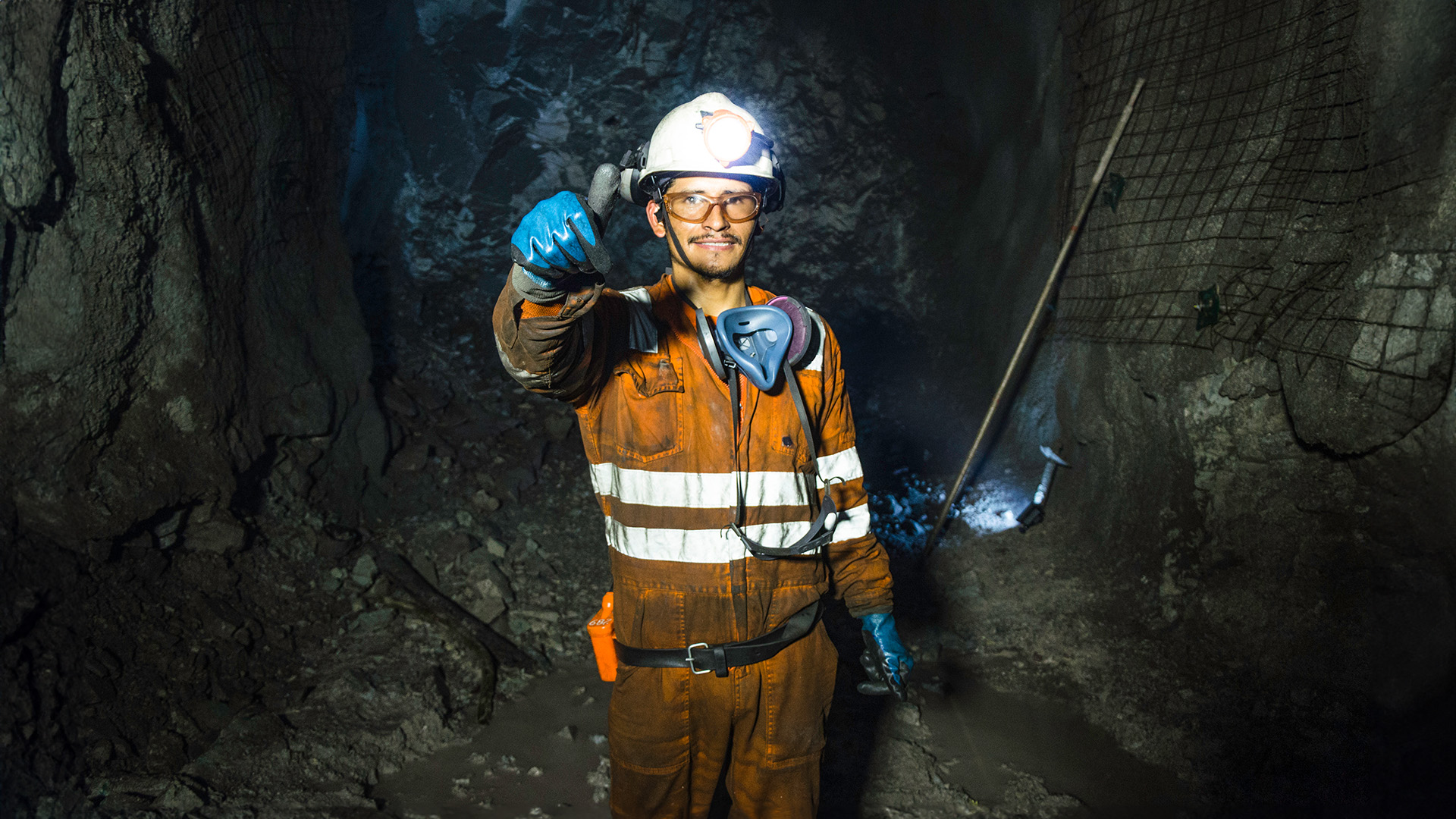Copper Miners Anticipate Closer Collaboration with End Users Amid Predicted Shortages
The world’s largest copper miners foresee closer collaboration with end users, including carmakers and utilities, as supply chain fragmentation gives way to direct deals due to anticipated shortages of the metal crucial to green technologies.
Leading mining executives observe a shift towards securing supply of the “metal of electrification” through direct agreements with major buyers, ensuring affordability and availability.
“Those who will be utilizing the copper—whether for charging stations, grid buildout, or vehicles—will increasingly seek direct access to this copper,” stated Jonathan Price, CEO of Teck Resources, a Canadian copper and zinc producer. “We’re starting to see and hear more interest in direct linkages between miners and end users.”
Recent events, including BHP’s unsuccessful £39bn takeover bid for Anglo American and copper prices hitting an all-time high above $11,000 per tonne earlier this year, have highlighted the expected shortages of copper later this decade. Although demand for renewables, grid upgrades, and electric vehicles continues to rise, new mines are becoming increasingly difficult to develop.
The Bank of America predicts a copper supply shortfall of about 5 million tonnes, or 15 percent below demand, by 2030. They forecast that the global rollout of renewables, grid infrastructure spending, and electric vehicles will double annual copper demand growth to 4 percent per year, up from its historical average of 2 percent.
Executives point to a combination of factors hindering large project development, including deteriorating geology, longer permitting times, and rising costs due to inflation and sustainability considerations. Additionally, investors’ preference for dividends over growth and currently low copper prices are creating further challenges for miners.
“It’s just getting harder and harder,” said Tristan Pascall, CEO of First Quantum, which had its vast mine in Panama shut down by the government after protests. “There’s no easy jurisdiction now. You can say you shouldn’t go into Argentina or the Democratic Republic of Congo, but where is easy to go now?”
The industry is debating whether miners need to consolidate into “supermajors” or become more open to partnerships to build complex, multibillion-dollar projects—both strategies with precedents in the oil industry.
Increasing supply chain integration could address concerns of end consumers about higher prices resulting from consolidation, and protect smaller miners from takeovers by giants like BHP, Glencore, Freeport-McMoRan, and Rio Tinto.
To date, the only major financing deal for copper by a car company with a miner—typically separated by smelters and multiple layers of manufacturers and suppliers—has been Stellantis’ deal with McEwen Copper, which faces unique foreign currency issues in Argentina.
Executives believe copper could follow the path of lithium, nickel, and cobalt, with carmakers financing mines in exchange for supply, or it could mimic utilities that have signed long-term deals with miners to expedite new uranium supply.
Paul Gait, head of strategy at Anglo American, stated that increased customer involvement—similar to what is seen with battery metals—is “the direction of travel that copper is likely to go.”
For renewable energy project developers and EV makers, volatile commodity prices can be the difference between success and failure. Michael Widmer, commodities strategist at the Bank of America, notes that a 10 percent increase in commodity prices typically reduces the internal rate of return of renewable projects by 1 percent, which are usually in the single digits.
Nexans, the world’s second-largest cable manufacturer, has been proactive in supply chain integration. It owns its rod mills and can buy copper sheets directly from miners and smelters through long-term contracts, having foreseen the scarcity years earlier.
“There’s enough copper in the world—but the capacity for extraction is not increasing as fast as consumption,” said Vincent Dessale, COO at Nexans, who sees boosting recycling from 5 percent to 30 percent of its supply as “the key” to coping with tight supply.
Not everyone agrees with the dire copper supply predictions. Some believe that with a market size of 25 million tonnes per year, copper is liquid enough to avoid direct intervention. Weak demand this year, especially from China, has pushed prices down 15 percent from their peaks to $9,300 per tonne.
“We do not currently believe there will be a copper shortage in the coming years. In 2013, there were predictions of supply gaps in 2023, but that’s not what happened,” said Jimmy Hermansson, head of group procurement at NKT, a Danish cable manufacturer. “We have secured copper for our order backlog. Beyond that, it’s speculative.”
Substitution and reduction of copper use are likely if prices remain high. China is replacing copper with aluminum in long-distance power wiring. Alcoa’s CEO, William Oplinger, predicts 1 million tonnes of additional demand from substitution. For plumbing, which accounts for 9 percent of copper consumption, Anglo’s Gait says it “is the easiest material to remove.”
Despite differing views, most analysts and executives agree that the predicted copper shortfall has been years in the making due to under-investment in discovering and developing projects, which take about 15 years to reach production.
“I think we are heading into a world of serious supply constraints for copper,” said Christopher LaFemina, analyst at Jefferies. “You can’t just flip a switch to bring the capacity online.”














